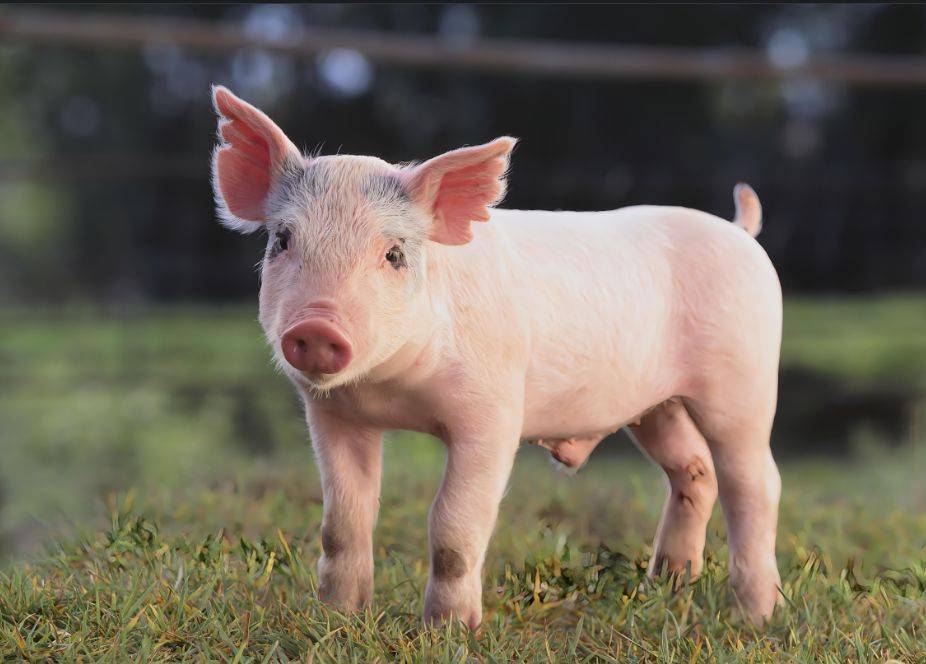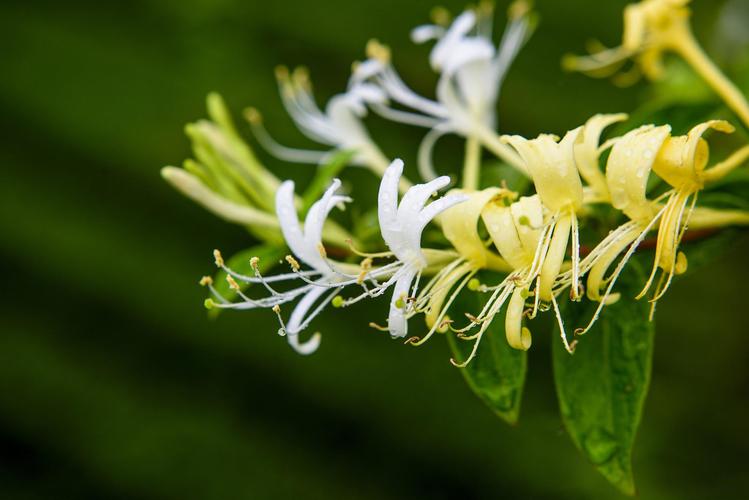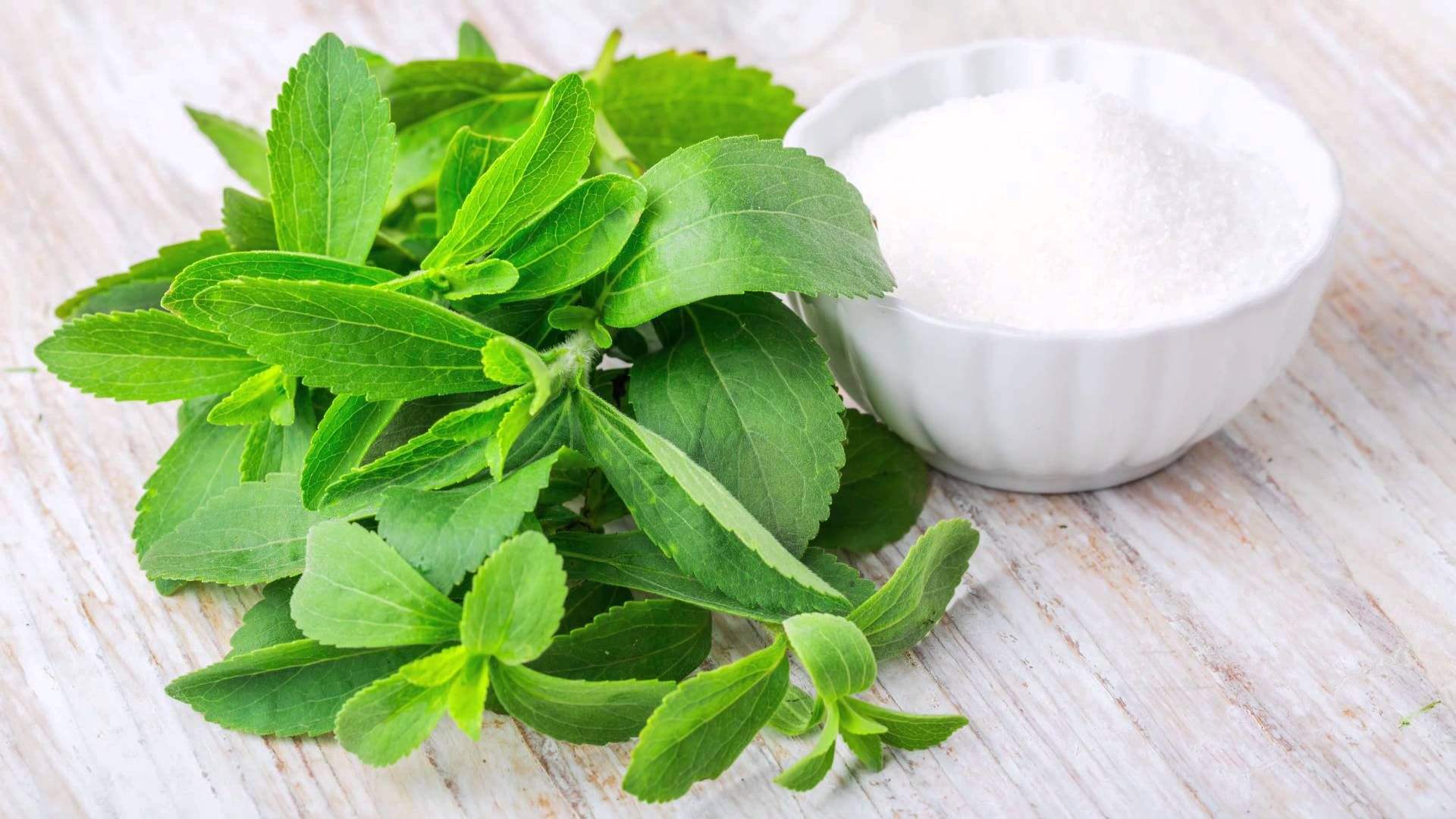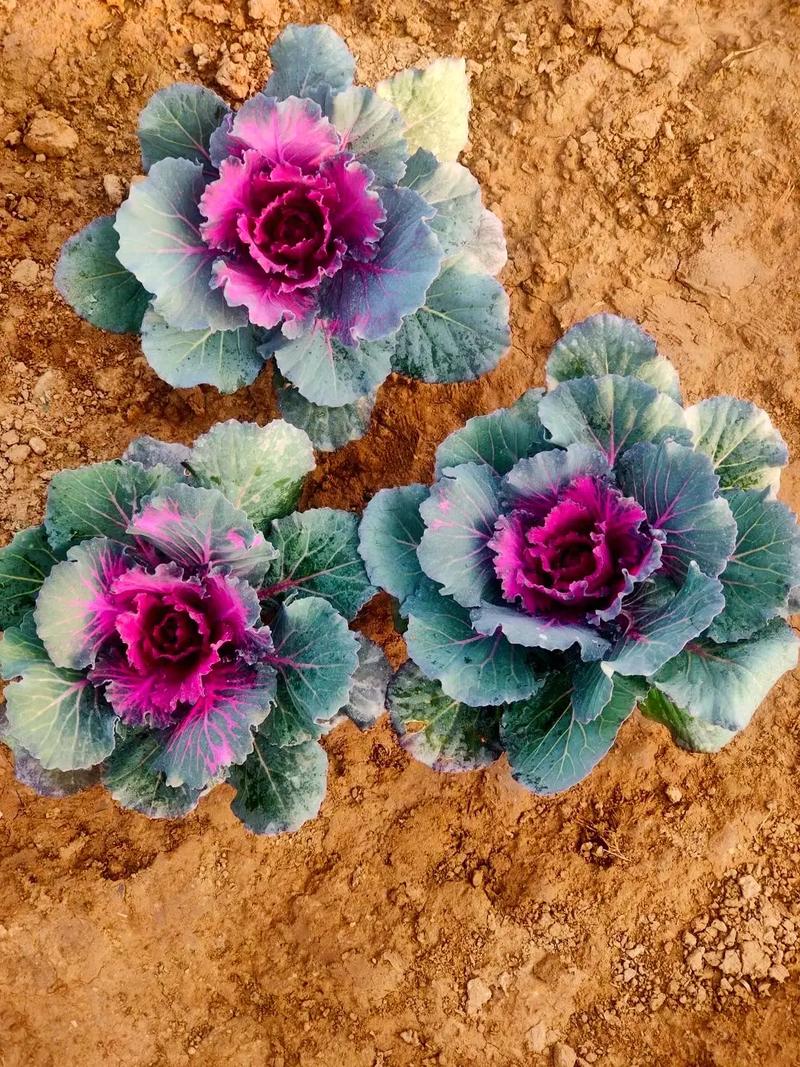Follow Us:
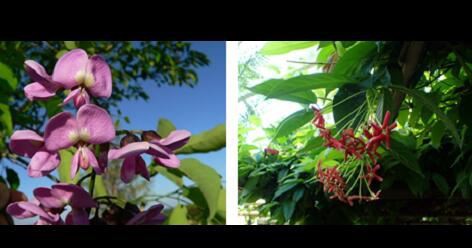
What Is Rotenone Pesticide
Rotenone pesticide
Rotenone is a broad-spectrum piscicide and insecticide used for e.g. the elimination of invasive fish in ponds and lakes and lice on domestic animals and agricultural fields
Figure 1: (Left) Lonchocarpus utilis; (right) Derris elliptica
“(…) natives collected roots of a viney shrub, Lonchocarpus sp., and threw the crushed roots into small streams and pools. The chemical in the root stunned the fish and caused them to float to the surface where they could be easily collected.”(Marrs 2012, p. 256).
According to ethnobotanical records, rotenone-containing plants historically have been used by indigenous people in tropical and subtropical countries to catch fish and as an arrow poison. It was first discovered by the industrial nations of the western world after the First World War, and its use as first a fish poison, and later insecticide, became widespread in the 20th century. Commercial rotenone has been used for eliminating unwanted fish, insects, mites, ticks, lice and spiders, and sold under names such as Cubé and Derris.
Figure 2: Rotenone (ISO) / (2R,6aS,12aS)-1,2,6,6a,12,12a-
hexahydro-2-isopropenyl-8,9-dimethoxychromeno
[3,4-b]furo(2,3-h)chromen-6-one (IUPAC). Click figure
for interactive 3D model
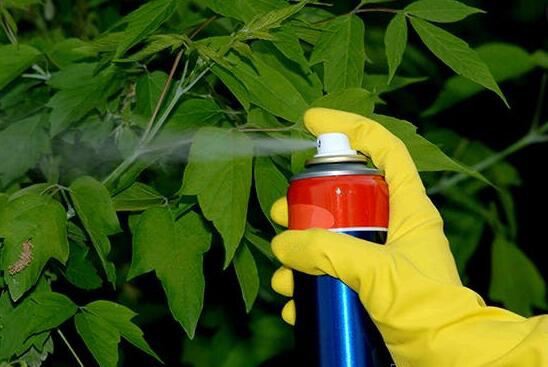
Rotenone (Fig. 2) is found in at least 60 different, tropical and subtropical, species of Fabaceae, including the commercial sources Lonchocarpus utilis (syn. L. urucu, Deguelia utilis) and Derris elliptica, native to South America and South-east Asia respectively. It occurs mainly in roots in association with the resin ducts in phloem and xylem. Rotenone was the first rotenoid identified; rotenoids being a family of compounds similar to isoflavones, containing a cis-fused tetrahydrochromeno[3,4-b]chromene nucleus.
Rotenone is highly toxic to fish and many insects, moderately toxic to mammals and relatively harmless to plants. Its insecticidal activity is based on the inhibition of mitochondrial oxidation, more specifically: the blocking of the electron transport from complex I to ubiquinone. It may further cause interference in nerves and muscles even at low concentrations. In mammals, rotenone is metabolized by hydroxylation in the liver, where the product hydroxyrotenone has similar acute toxicity as the parent compound, while dihydroxyrotenone significantly less.
Symptoms of acute mammalian poisoning include respiratory stimulation/ repression, ataxia, convulsions, tremors, vomiting and respiratory arrest. Symptoms following exposure in humans include eye irritation, dermatitis and numbness of oral mucous membranes after inhalation of powdered derris root. Exposure to the compound of humans has further been associated with (onset of) Parkinson’s disease in humans. LD50 in mammalian studies range from 25 to 3000 mg kg-1 bodyweight, depending on species and preparation. It is easily degradable by photodegradation and heat.
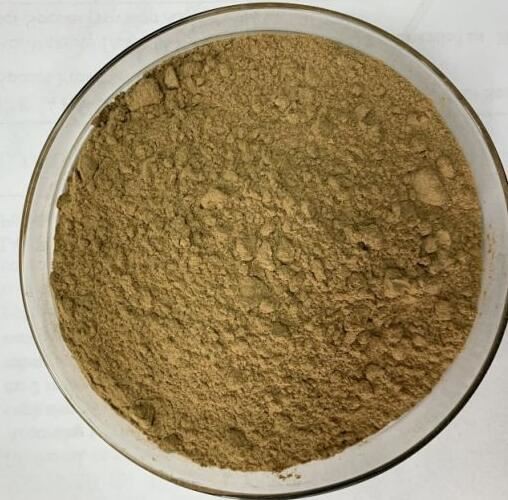
Rotenone as an Insecticide
Nature volume 132, page167 (1933)Cite this article
4750 Accesses
1 Citations
Metricsdetails
Abstract
ACCORDING to Science Service, Washington, D.C. (June 10) the compound rotenone is the latest addition to chemical methods of controlling insect pests of crops, animals and the household. It was first discovered through the use of plants containing it as fish poisons by natives of tropical countries. Its principal commercial source is the derris plant of the East Indies, but it is also present in a South American plant called ‘cube’ and in the North American plant popularly termed ‘devil’s shoestring’. All the plants that are known to yield rotenone are members of the natural order Legum-inos ¦. Rotenone is exceedingly toxic to many kinds of insects but quite harmless to man and all warmblooded vertebrates. While not all insects are susceptible to its toxic effects, in the form of sprays and other preparations, it has been shown to be fifteen times as toxic as a nicotine spray when used as a contact poison against aphides, and thirty times as toxic as acid lead arsenate, when tested as an internal poison against certain caterpillars.
Rotenone celluar respiration
Rotenone interrupts aerobic cellular respiration by blocking electron transport in mitochondria through the inhibition of the enzyme NADH ubiquitone reductase, which prevents the availability of oxygen for cellular respiration. In other words, rotenone inhibits a biochemical process at the cellular level, making it impossible for fish to use the oxygen absorbed in the blood and needed for releasing of energy during respiration
(Singer and Ramsay 1994, Finlayson et al. 2000). In effect, rotenone causes death through tissue anoxia by blocking oxygen uptake at the cellular level and not at the water/blood interface at the gills (Ling 2003). The lack of cellular oxygen availability initiates anaerobic respiration in turn leading to increased lactic acid concentrations and dropping blood pH levels (Fajt and Grizzle 1998).
Is rotenone a restricted use pesticide?
Rotenone products are classified as Restricted Use Pesticides due to acute inhalation, acute oral, and aquatic toxicity.
What insects does rotenone kill?
Rotenone is one of seven naturally occurring chemicals permitted for occasional restricted use inThis picture was obtained from organic farming. It is generally used to control aphids as well as the raspberry beetle and sawflies. However, it is rarely used as it can have an adverse effect on beneficial species as well as pests. Unlike modern, synthetic pesticides it breaks down easily and quickly and so was thought to pose little danger. It is also used as a garden dust to control insects and rotenone-based pesticides are on sale across Britain.
Rotenone is also on sale as an insecticide shampoo for dogs, cattle and sheep, which is used to kill lice.
How does insecticide rotenone kill bugs?
Rotenone is a compound that occurs naturally in several plants and it has been used as abroad spectrum insecticide and pesticide. Rotenone blocks the mitochondrial electron transport chain through the inhibition of complex I, as seen in MPTP.
For bulk rotenone, please contact us at email: info@greenagribio.com
References:https://natoxaq.ku.dk/toxin-of-the-week/rotenone/
https://www.fs.usda.gov/Internet/FSE_DOCUMENTS/stelprdb5325948.pdf
https://archive.epa.gov/pesticides/reregistration/web/pdf/rotenone_red.pdf
http://www.chm.bris.ac.uk/motm/rotenone/insecticide.html













